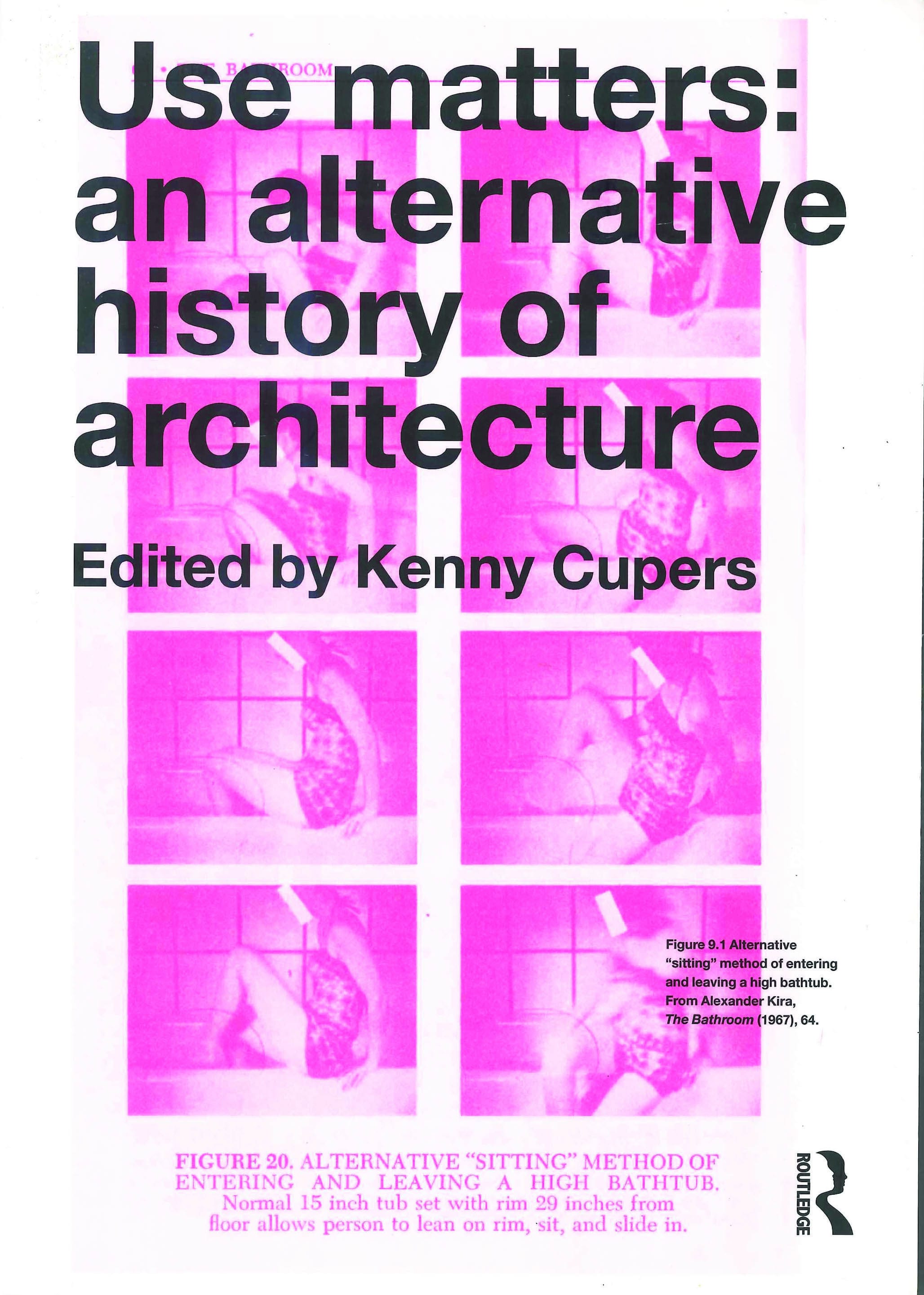The paradox of social architectures

“Which way will you go, architect? Will you succumb to the Bourgeoisie, which shall earn you wealth, fame and perhaps success in a world of the scantily housed and homeless? Or, will you march into battle to fight for a different society? Progress—what is it to you? Beautification through decoration? Perfection of details? Cutting of cost? To whose benefit? You have to decide. Which side will you be on?” [1]
A copious number of recent publications, exhibitions, and events have begun to highlight (again) the multifaceted role of architecture with an implicit focus on the social and the consequences of spatial intervention. Despite certain skepticism, social engagement and “social architecture” are widely regarded as a cure-all for the field of architecture: as an instrument, tool, or operating device that can transform, as if by magic, this loathed discipline into one that is relevant to the overall development of society. Yet, describing this interest as a tendency or general direction of spatial practice eschews the specificities and particularities of individual approaches and is in danger of remaining too abstract, non-committal, overly general and neglects to discuss the role of the user. Unless, as argued here, the notion of the social—which I use here interchangeably with the term collective—is connected also with the notion of social appropriation, social architecture as currently understood will remain a quickfix-solution, something that is dealing with the superficial disease, whilst failing to touch the core of the production of space.
What follows here is a response to this dilemma, sketched out through a series of stories, which look at scenarios for socially appropriated and socially produced space. I will start this exploration with the late architect and theorist Claude Schnaidt, who wrote the words that open this text. Schnaidt’s questions summarize some of the biggest quandaries for anyone involved in the production of space. They are concerned with this monster-in-the-room: capitalism, and our capability to make choices. The questions posed address the ethics of engagement and the notion of positioning. They posit architecture as political act, which addresses unjust and exploitative geographies through acts of direct action, activism, and spatial agency. [2]
Citation
Schneider, Tatjana. ‘The Paradox of Social Architectures’. In Use Matters: An Alternative History of Architecture, edited by Kenny Cupers, 257–70. Abingdon / New York: Routledge, 2013.
Published by
Routledge, 2013References
- 1 [1] Claude Schnaidt, Anders gesagt: Schriften 1950–2001, edited by Gerd Zimmermann and Norbert Korrek (Weimar: Verlag der Bauhaus-Universität Weimar, 2009), 302.
- 2 [2] See: Tatjana Schneider und Jeremy Till, „Beyond Discourse: Notes on Spatial Agency“, footprint, Nr. 4 (2009): 97–112 for a detailed description of the concept.